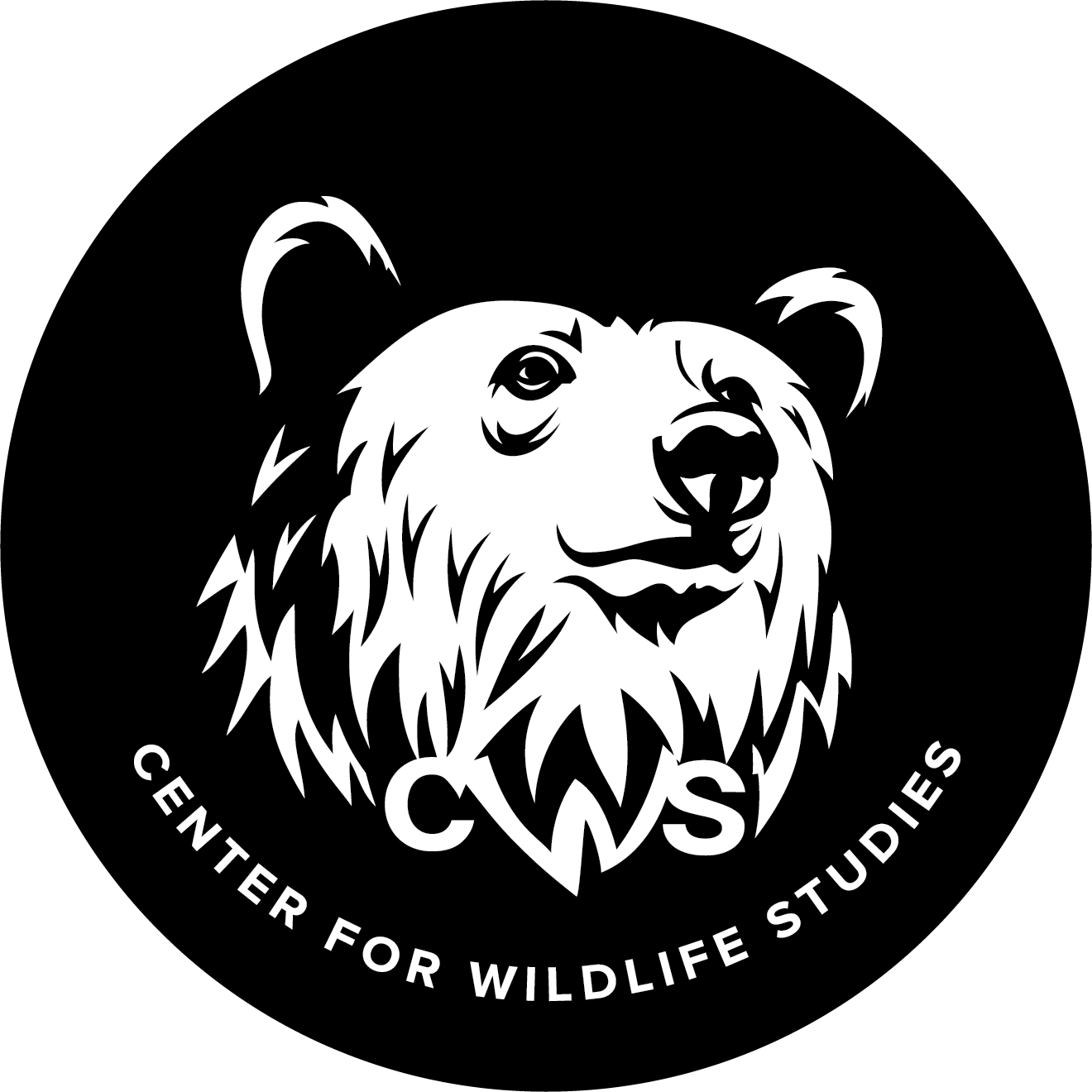Dr. David Fletcher
Instructor, Center for Wildlife Studies
Ph.D. Statistics, M.Sc. Applied Statistics, B.Sc. Mathematics (University of Southampton, UK)
David spent 35 years teaching and researching at Universities in the US, UK, Australia, and Aotearoa, New Zealand, and has published more than 80 scientific papers in international journals. Throughout his career, he has provided statistical advice to organizations working on wildlife ecology, and has taught workshops on statistical modeling to research scientists.
Teaching
-
David Fletcher, Jamie Newman, et al. Projected impacts of climate change, bycatch, harvesting, and predation on the Aotearoa New Zealand tītī (Ardenna grisea) population. Marine Ecology Progress Series 670: 223--238 (2021)
Sam McKechnie, David Fletcher, et al. Separating the effects of climate, bycatch, predation and harvesting on tītī population dynamics in New Zealand: A model-based assessment. PLoS ONE 15: e0243794 (2020)
Farzana Afroz, Matt Parry and David Fletcher. Estimating overdispersion in sparse multinomial data. Biometrics 76: 834--842 (2020)
David Fletcher, Peter Dillingham and Jiaxu Zeng. Model-averaged confidence distributions. Environmental and Ecological Statistics 26: 367--384 (2019)
Jiaxu Zeng, David Fletcher, Peter Dillingham and Chris Cornwall. Studentized bootstrap model-averaged tail area intervals. PLoS ONE 14: e0213715 (2019)
Peter Dillingham, Jeffrey Moore, David Fletcher, Enric Cortés, Alexandra Curtis, Kelsey James and Rebecca Lewison. Improved estimation of intrinsic growth rmax: integrating matrix models and allometry. Ecological Applications 26: 322–333 (2016)
Michael Schaub and David Fletcher. Estimating immigration using a Bayesian integrated population model: choice of parametrisation and priors. Environmental and Ecological Statistics 22:535–549 (2015)
David Fletcher, Henrik Moller, et al. Age at first return to the breeding colony and juvenile survival of Sooty Shearwaters. The Condor 115:465--476 (2013)
Stephen Dawson, David Fletcher and Elisabeth Slooten. Habitat use and conservation of an endangered dolphin. Endangered Species Research 21:45--54 (2013)
Daniel Turek and David Fletcher. Model-averaged Wald confidence intervals. Computational Statistics and Data Analysis 56:2809--2815 (2012)
David Fletcher. Estimating overdispersion when fitting a generalized linear model to sparse data. Biometrika 99:230–237 (2012)
Rosemary Clucas, Henrik Moller, Corey Bragg, David Fletcher, et al. Rakiura Māori muttonbirding diaries: monitoring trends in tītī (Puffinus griseus) abundance in New Zealand. New Zealand Journal of Zoology 39:155--177 (2012)
David Fletcher and Daniel Turek. Model-averaged profile likelihood intervals. Journal of Agricultural, Biological and Environmental Statistics 17:38–51 (2012)
David Fletcher and Philip Dixon. Modelling data from different sites, times or studies: weighted vs. unweighted regression. Methods in Ecology and Evolution 3:168–176 (2012)
David Fletcher, Jean-Dominique Lebreton, et al. Bias in estimation of adult survival and asymptotic population growth rate caused by undetected capture heterogeneity. Methods in Ecology and Evolution 3:206–216 (2012)
Peter Dillingham, Graeme Elliott, Kath Walker and David Fletcher. Adjusting age at first breeding of albatrosses and petrels for emigration and study duration. Journal of Ornithology 153:205–217 (2012)
David Fletcher. Statistical Ecology. In International Encyclopedia of Statistical Sciences. Lovric, M. (Ed.), Springer, Volume 3, 1410--1404 (2011)
Chris Jones, H.Clifford, David Fletcher, P.Cuming and Phil Lyver. Survival and age-at-first-return estimates for grey-faced petrels (Pterodroma macroptera gouldi) breeding on Mauao and Motuotau Island in the Bay of Plenty, New Zealand. Notornis 58:71--80 (2011)
David Fletcher and Peter Dillingham. Model-averaged confidence intervals for factorial experiments. Computational Statistics and Data Analysis 55:3041–3048 (2011)
Peter Dillingham and David Fletcher. Potential biological removal of albatrosses and petrels with minimal demographic information. Biological Conservation 144:1885–1894 (2011)







